| Availability: | |
|---|---|
| Quantity: | |
| Applicable Industries | Hotels, Garment Shops, Building Material Shops, Machinery Repair Shops, Manufacturing Plant, Food & Beverage Factory, Farms, Restaurant, Home Use, Retail, Food Shop, Printing Shops, Construction works , Energy & Mining, Food & Beverage Shops, Other, Advertising Company |
| Power | Optional |
| Warranty | 1 Year |
| Width or Diameter | Size customization |
| Showroom Location | Canada, United States, Italy, Pakistan, India, Mexico, Thailand, Argentina, Colombia, Malaysia |
| Condition | New |
| Structure | Conveyor belt |
| Place of Origin | shenzhen.China |
| Machinery Test Report | Provided |
| Video outgoing-inspection | Provided |
| Marketing Type | New product 2024 |
| Warranty of core components | 1 Year |
| Core Components | Pin, Locker, Belt |
| Weight (KG) | 1 kg |
| Material | Plastic |
| Material Feature | Stable |
| Brand Name | CSTRANS |
| Voltage | 110V 220V 240V |
| Dimension(L*W*H) | Size customization |
| Material | PP.PE.PA,POM |
| Structure | Belt conveyor |
| Brand Name: | UniBelt |
| Pitch | customized |
| color | white. gray. nature. |
| Temperature | POM:-35℃ to 90℃ PP:+1℃ to 95℃ |
| Packaging Details | Packaging Details:Carton or wooden |
| Supply Ability | 2305 Meter/Meters per Month |
| Quantity (meters) | > 428 |
| Lead time (days) | 18 |
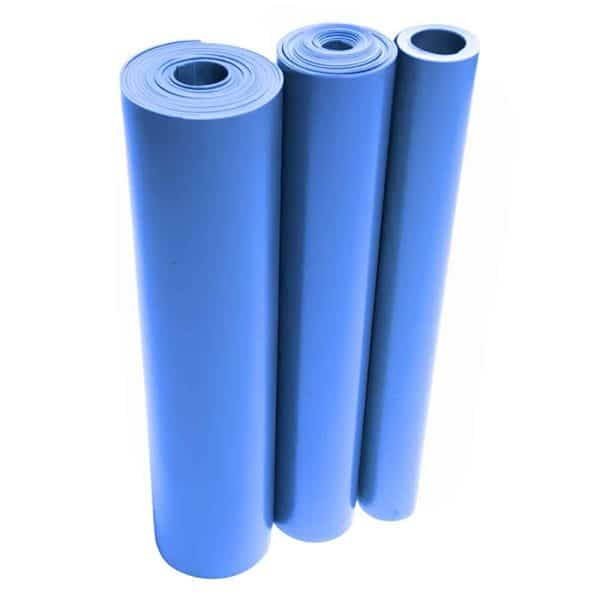
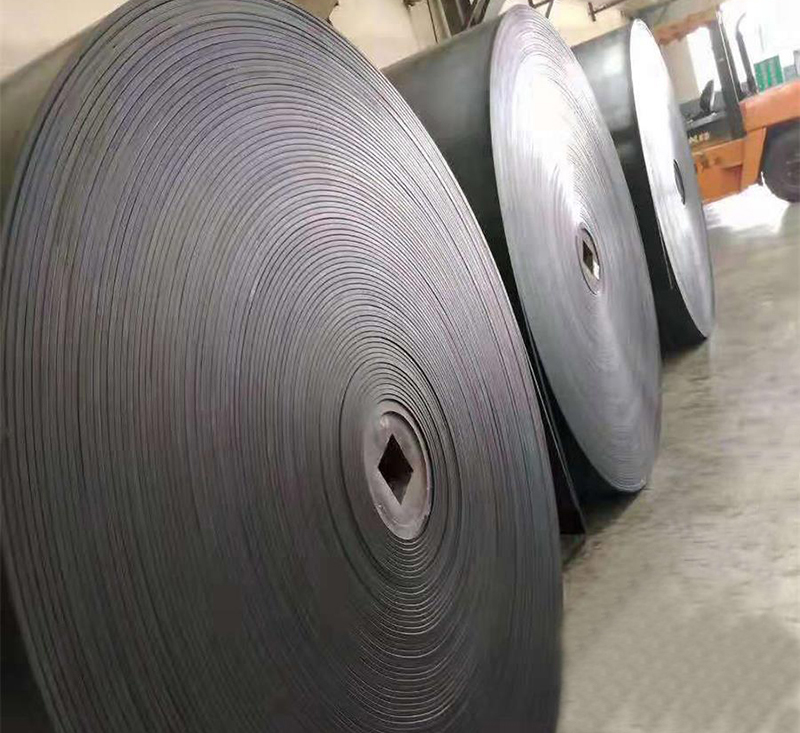
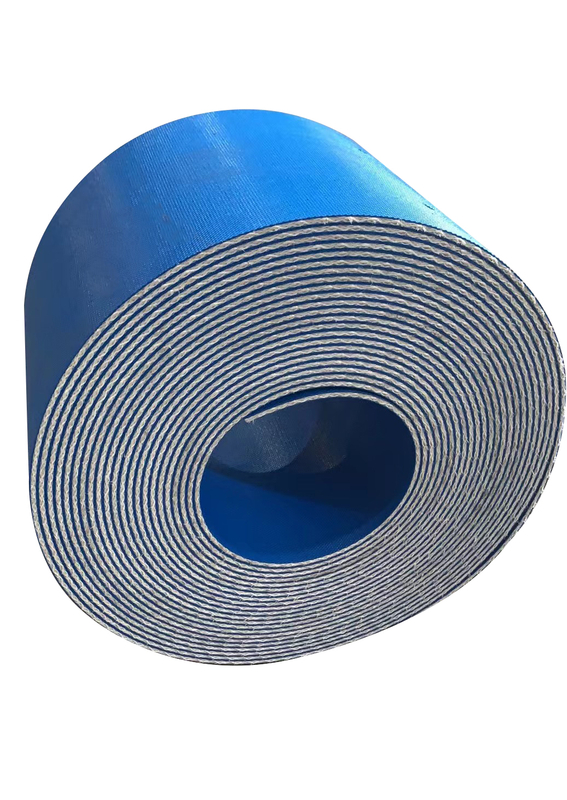
1.What is the role of bearings in a conveyor belt brush system?
We have broad development space in domestic and foreign markets. conveyor belt brush have great advantages in terms of price, quality, and delivery date.
Bearings play a crucial role in a conveyor belt system, helping to support and guide the movement of the belt as it transports goods and materials. They are responsible for reducing friction and wear, ensuring smooth and efficient operation of the conveyor belt. Without bearings, the belt would have a higher resistance to movement, resulting in increased energy consumption and potential damage to the belt itself. In addition, bearings are also essential for maintaining proper alignment and tension of the belt, allowing for precise and reliable movement of materials. In summary, bearings are an essential component of a conveyor belt system, providing stability, efficiency, and longevity to this important industrial equipment.
2.How are products loaded and unloaded on a conveyor belt brush?
We are a new conveyor belt brush manufacturer.
Products are typically loaded onto a conveyor belt using one of the following methods:
Conveyor belts are widely used in various industries to efficiently transport products from one location to another. The loading and unloading process on a conveyor belt typically involves a few steps. Firstly, products are placed onto the conveyor belt by a worker or through an automated system. The belt then moves the products along its path, usually with the help of rollers or a pulley system. As the products reach their destination, they are either manually or automatically removed from the conveyor belt. This can be done by a worker who takes the products off the belt, or by using specialized equipment such as robotic arms. In some cases, the conveyor belt may also have a mechanism to flip or rotate the products to ensure they are in the correct orientation for the next step in the production or distribution process. Once unloaded, the conveyor belt continues to move, ready to receive the next batch of products for loading. This efficient and streamlined process allows for a continuous flow of products, increasing productivity and reducing labor costs.
3.What are the cost savings associated with using conveyor belt brush?
We have established a good reputation and reliable partnerships within the conveyor belt brush industry.
Using conveyor belts in industrial environments can result in significant cost savings. These savings are achieved through increased efficiency, improved safety, and reduced labor costs. Conveyor belts eliminate the need for manual transportation of goods, saving time and reducing the risk of injury to workers. Additionally, they allow for faster and smoother movement of materials, reducing production downtime and increasing throughput. The use of conveyor belts also reduces the need for forklifts and other heavy machinery, saving on maintenance and operational costs.
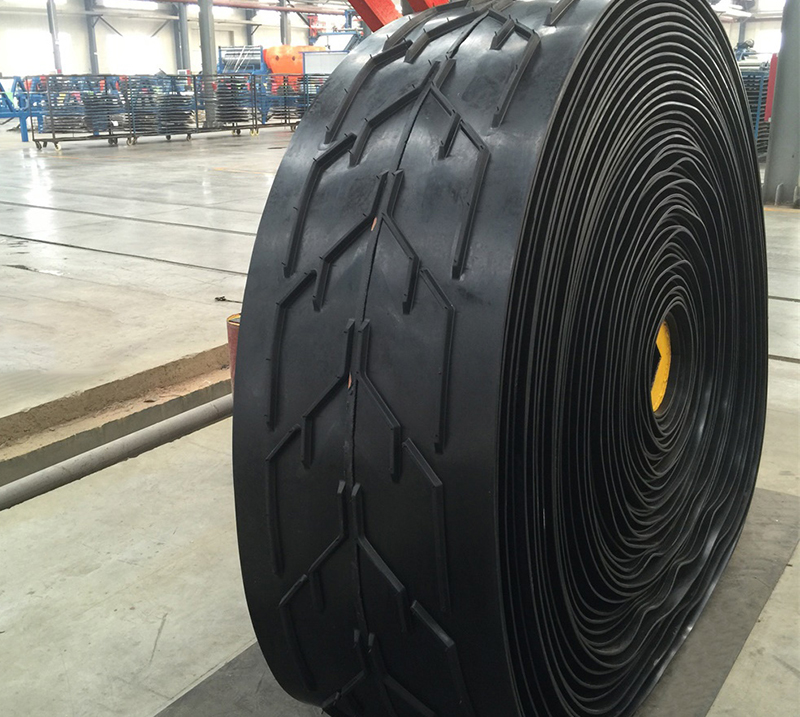
4.Can conveyor belt brush be used for handling fragile or delicate items?
Yes, conveyor belts can be used for handling fragile or delicate items. However, special precautions and modifications may need to be taken to ensure the safe and gentle handling of these items. This can include using softer or padded belts, adding protective barriers or guides, and adjusting the speed and incline of the conveyor to minimize impact and jostling. It is important to carefully consider the specific needs of the items being handled and consult with experts to determine the best conveyor system for delicate items.
5.How do you prevent wear and tear on a conveyor belt brush?
We maintain a certain amount of R&D investment every year and continuously improve operational efficiency to provide better services to our cooperative customers.
In order to prevent wear and tear on a conveyor belt, there are several steps that can be taken. Firstly, regular inspection and maintenance of the belt should be conducted to catch any issues before they become more serious. This includes checking for cracks, tears, and damage to the belt as well as ensuring proper tension and alignment. Secondly, using proper loading and unloading techniques can prevent excessive strain and damage to the belt. Additionally, selecting and using the appropriate conveyor belt for the specific application can improve durability and reduce wear and tear. Finally, implementing a regular cleaning schedule and making sure that any debris or contaminants are removed from the belt can also help to extend its lifespan and prevent damage. By taking these measures, the wear and tear on a conveyor belt can be reduced, resulting in smoother operations and better overall performance.
6.Can conveyor belt brush be customized for specific needs?
We adhere to the principle of integrity and transparency, and establish long -term relationships with partners, and we attach great importance to this detail.
Yes, conveyor belts can be customized for specific needs. This can include the size, material, and design of the belt to fit the specific application or industry. Customization can also include features such as specialized coatings, cleats, and tracking systems to meet specific requirements. Conveyor belt manufacturers often offer customization services to meet the unique needs of their customers.
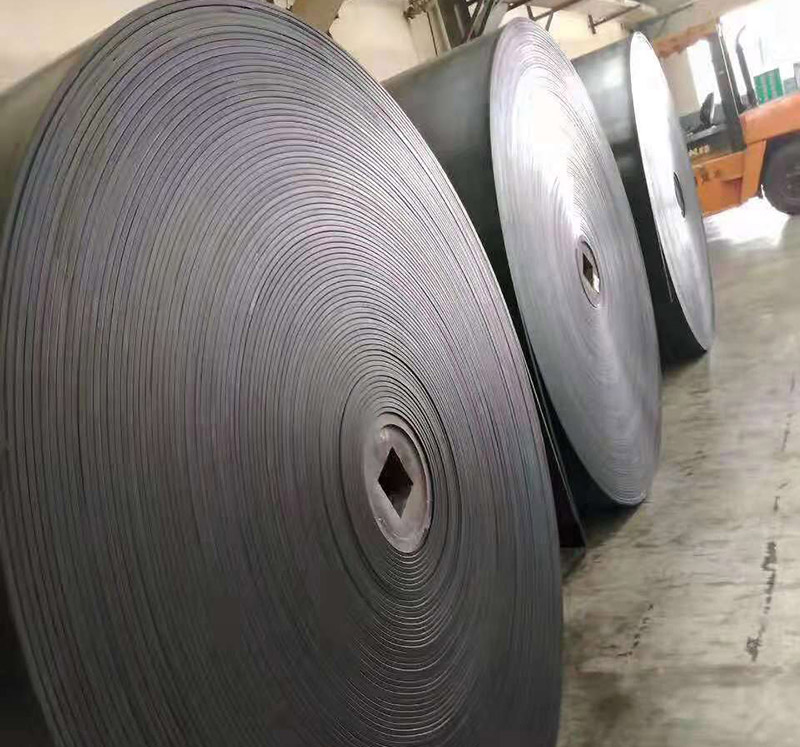
7.How do you determine the appropriate width of a conveyor belt brush?
We focus on teamwork and communication to achieve common goals, We attach great importance to this detail.
The appropriate width of a conveyor belt is determined by several factors. Firstly, the dimensions of the items being transported need to be considered. The belt should be wide enough to accommodate the size of the items without causing any damage or hindering the flow. Additionally, the speed and capacity of the conveyor system should also be taken into account. A wider belt can increase the speed and capacity of the system, allowing for more efficient and timely transportation of goods. Another important factor is the layout and space available for the conveyor system. The belt should be wide enough to fit within the space and allow for proper installation and operation. Finally, the type of material being conveyed and any special requirements, such as inclines or declines, should also be considered when determining the appropriate width of the conveyor belt.
8.What are the different types of conveyor belt brush?
We adhere to the principle of quality first and have a complete production quality management system and quality inspection process.
There are several types of conveyor belts that are designed for different purposes. The most common types include flat belt conveyors, roller conveyors, modular belt conveyors, and cleated belt conveyors. Flat belt conveyors are used for general transportation of items and materials, while roller conveyors use rollers to move goods along a path. Modular belt conveyors feature interlocking plastic segments for increased versatility, and cleated belt conveyors have raised sections or cleats to keep items from sliding off the belt. Other types of conveyor belts include magnetic belt conveyors, spiral conveyors, and gravity conveyors. The type of conveyor belt used depends on the specific needs and requirements of the application, such as the weight and size of the items being transported and the environment in which the conveyor will be used.
9.What is the difference between a conveyor belt brush and a conveyor chain?
We operate our conveyor belt brush business with integrity and honesty.
A conveyor belt and a conveyor chain are both used to move materials from one place to another in a continuous manner, but they differ in several ways.
Firstly, the main component of a conveyor belt is a continuous loop of material, such as rubber or fabric, that rotates around two pulleys. This allows the material placed on the belt to be carried along a specified path. On the other hand, a conveyor chain is made up of a series of interconnected links that are attached to a central driving mechanism. The links work together to form a continuous chain that moves the material along the desired route.
Secondly, the belt design of a conveyor belt allows for a smooth and consistent movement of materials, making it suitable for transporting lightweight items such as packages and boxes. In contrast, a conveyor chain is better suited for heavier and larger items that require more force to move, such as heavy machinery or pallets of goods.

10.What are some common types of conveyor belt brush sensors?
Conveyor belt sensors are an essential component of conveyor belt systems, helping to ensure the smooth and efficient operation of the conveyor. There are several types of conveyor belt sensors commonly used in different industries.
1. Proximity Sensors: These sensors use electromagnetic fields to detect the presence of objects or materials on the conveyor belt. They are commonly used in automated sorting processes.
2. Speed Sensors: As the name suggests, these sensors are used to measure the speed of the conveyor belt. They can also detect any changes in speed and trigger alarms if necessary.
3. Temperature Sensors: These sensors are used to monitor the temperature of the conveyor belt, which is crucial for the safe handling of materials such as hot or corrosive substances.
4. Load Cells: Load cells are sensors that measure the weight of the load on the conveyor belt. They are commonly used in industries that deal with heavy materials.
5. Vision Sensors: These sensors use cameras and image processing technology to monitor the movement of objects on the conveyor belt. They are particularly useful in quality control and inspection processes.
11.How do conveyor belt brush contribute to the efficiency of a production line?
Being one of the top conveyor belt brush manufacturers in China, We attach great importance to this detail.
Conveyor belts play a crucial role in the efficiency of a production line. By continuously moving materials or products from one process to another, they help to streamline the production process and eliminate the need for manual handling. This reduces the risk of errors, increases productivity, and ultimately saves time and money. In addition, conveyor belts can be designed to accommodate different types of materials and products, allowing for a more diverse and flexible production line. They also have the ability to transport materials at a consistent speed, ensuring a smooth and efficient flow of production.
12.How do conveyor belt brush improve productivity in a manufacturing facility?
Conveyor belts play a crucial role in improving productivity in a manufacturing facility. They are automated systems that are designed to efficiently transport materials and products throughout the production process. By eliminating the need for manual handling and transportation, they reduce the risk of human error and increase the speed and accuracy of material movement. This not only saves time and labor costs, but also allows for a continuous flow of production, ultimately leading to higher output and improved efficiency. Additionally, conveyor belts also contribute to a safer work environment by reducing the risk of injuries due to heavy lifting or repetitive motions.
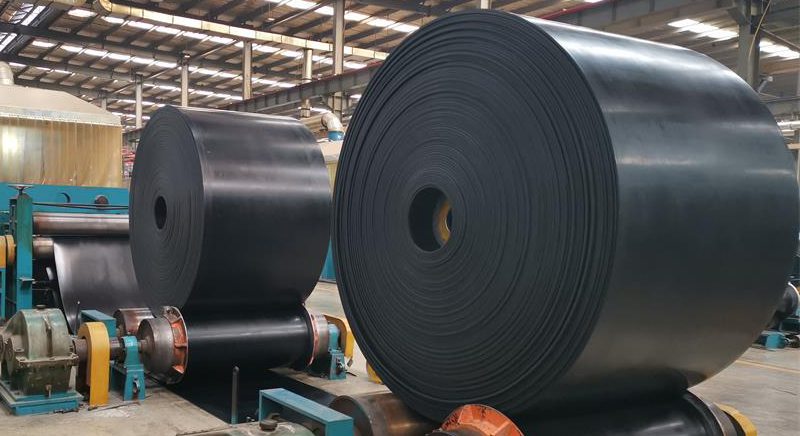
13.Are there any regulations or standards for conveyor belt brush safety?
Our company has many years of conveyor belt brush experience and expertise.
Yes, there are regulations and standards in place for conveyor belt safety. In many countries, there are specific laws and regulations that require companies to follow safety protocols and procedures when it comes to operating and maintaining conveyor belts. These regulations can cover aspects such as employee training, equipment maintenance, and emergency procedures. Additionally, there are various industry standards and guidelines that provide best practices for conveyor belt safety, such as the ASME B20.1 standard in the United States. Adhering to these regulations and standards is crucial to ensuring the safe and efficient operation of conveyor belts.
14.How do conveyor belt brush contribute to cost savings in material handling?
Conveyor belts are an essential component in material handling, allowing for the efficient and seamless transfer of goods across different areas. They are particularly valuable in reducing costs, thanks to their ability to automate the handling process and eliminate the need for manual labor. With conveyor belts, businesses can experience increased productivity and reduced labor costs, leading to overall cost savings. Moreover, these belts are designed for durability and longevity, reducing maintenance and replacement costs in the long run. Thus, incorporating conveyor belts into material handling systems can greatly contribute to cost savings for businesses.
Tag:conveyor belt tracking diagram,round belt conveyor,v belt to serpentine conversion
| Applicable Industries | Hotels, Garment Shops, Building Material Shops, Machinery Repair Shops, Manufacturing Plant, Food & Beverage Factory, Farms, Restaurant, Home Use, Retail, Food Shop, Printing Shops, Construction works , Energy & Mining, Food & Beverage Shops, Other, Advertising Company |
| Power | Optional |
| Warranty | 1 Year |
| Width or Diameter | Size customization |
| Showroom Location | Canada, United States, Italy, Pakistan, India, Mexico, Thailand, Argentina, Colombia, Malaysia |
| Condition | New |
| Structure | Conveyor belt |
| Place of Origin | shenzhen.China |
| Machinery Test Report | Provided |
| Video outgoing-inspection | Provided |
| Marketing Type | New product 2024 |
| Warranty of core components | 1 Year |
| Core Components | Pin, Locker, Belt |
| Weight (KG) | 1 kg |
| Material | Plastic |
| Material Feature | Stable |
| Brand Name | CSTRANS |
| Voltage | 110V 220V 240V |
| Dimension(L*W*H) | Size customization |
| Material | PP.PE.PA,POM |
| Structure | Belt conveyor |
| Brand Name: | UniBelt |
| Pitch | customized |
| color | white. gray. nature. |
| Temperature | POM:-35℃ to 90℃ PP:+1℃ to 95℃ |
| Packaging Details | Packaging Details:Carton or wooden |
| Supply Ability | 2305 Meter/Meters per Month |
| Quantity (meters) | > 428 |
| Lead time (days) | 18 |



1.What is the role of bearings in a conveyor belt brush system?
We have broad development space in domestic and foreign markets. conveyor belt brush have great advantages in terms of price, quality, and delivery date.
Bearings play a crucial role in a conveyor belt system, helping to support and guide the movement of the belt as it transports goods and materials. They are responsible for reducing friction and wear, ensuring smooth and efficient operation of the conveyor belt. Without bearings, the belt would have a higher resistance to movement, resulting in increased energy consumption and potential damage to the belt itself. In addition, bearings are also essential for maintaining proper alignment and tension of the belt, allowing for precise and reliable movement of materials. In summary, bearings are an essential component of a conveyor belt system, providing stability, efficiency, and longevity to this important industrial equipment.
2.How are products loaded and unloaded on a conveyor belt brush?
We are a new conveyor belt brush manufacturer.
Products are typically loaded onto a conveyor belt using one of the following methods:
Conveyor belts are widely used in various industries to efficiently transport products from one location to another. The loading and unloading process on a conveyor belt typically involves a few steps. Firstly, products are placed onto the conveyor belt by a worker or through an automated system. The belt then moves the products along its path, usually with the help of rollers or a pulley system. As the products reach their destination, they are either manually or automatically removed from the conveyor belt. This can be done by a worker who takes the products off the belt, or by using specialized equipment such as robotic arms. In some cases, the conveyor belt may also have a mechanism to flip or rotate the products to ensure they are in the correct orientation for the next step in the production or distribution process. Once unloaded, the conveyor belt continues to move, ready to receive the next batch of products for loading. This efficient and streamlined process allows for a continuous flow of products, increasing productivity and reducing labor costs.
3.What are the cost savings associated with using conveyor belt brush?
We have established a good reputation and reliable partnerships within the conveyor belt brush industry.
Using conveyor belts in industrial environments can result in significant cost savings. These savings are achieved through increased efficiency, improved safety, and reduced labor costs. Conveyor belts eliminate the need for manual transportation of goods, saving time and reducing the risk of injury to workers. Additionally, they allow for faster and smoother movement of materials, reducing production downtime and increasing throughput. The use of conveyor belts also reduces the need for forklifts and other heavy machinery, saving on maintenance and operational costs.

4.Can conveyor belt brush be used for handling fragile or delicate items?
Yes, conveyor belts can be used for handling fragile or delicate items. However, special precautions and modifications may need to be taken to ensure the safe and gentle handling of these items. This can include using softer or padded belts, adding protective barriers or guides, and adjusting the speed and incline of the conveyor to minimize impact and jostling. It is important to carefully consider the specific needs of the items being handled and consult with experts to determine the best conveyor system for delicate items.
5.How do you prevent wear and tear on a conveyor belt brush?
We maintain a certain amount of R&D investment every year and continuously improve operational efficiency to provide better services to our cooperative customers.
In order to prevent wear and tear on a conveyor belt, there are several steps that can be taken. Firstly, regular inspection and maintenance of the belt should be conducted to catch any issues before they become more serious. This includes checking for cracks, tears, and damage to the belt as well as ensuring proper tension and alignment. Secondly, using proper loading and unloading techniques can prevent excessive strain and damage to the belt. Additionally, selecting and using the appropriate conveyor belt for the specific application can improve durability and reduce wear and tear. Finally, implementing a regular cleaning schedule and making sure that any debris or contaminants are removed from the belt can also help to extend its lifespan and prevent damage. By taking these measures, the wear and tear on a conveyor belt can be reduced, resulting in smoother operations and better overall performance.
6.Can conveyor belt brush be customized for specific needs?
We adhere to the principle of integrity and transparency, and establish long -term relationships with partners, and we attach great importance to this detail.
Yes, conveyor belts can be customized for specific needs. This can include the size, material, and design of the belt to fit the specific application or industry. Customization can also include features such as specialized coatings, cleats, and tracking systems to meet specific requirements. Conveyor belt manufacturers often offer customization services to meet the unique needs of their customers.

7.How do you determine the appropriate width of a conveyor belt brush?
We focus on teamwork and communication to achieve common goals, We attach great importance to this detail.
The appropriate width of a conveyor belt is determined by several factors. Firstly, the dimensions of the items being transported need to be considered. The belt should be wide enough to accommodate the size of the items without causing any damage or hindering the flow. Additionally, the speed and capacity of the conveyor system should also be taken into account. A wider belt can increase the speed and capacity of the system, allowing for more efficient and timely transportation of goods. Another important factor is the layout and space available for the conveyor system. The belt should be wide enough to fit within the space and allow for proper installation and operation. Finally, the type of material being conveyed and any special requirements, such as inclines or declines, should also be considered when determining the appropriate width of the conveyor belt.
8.What are the different types of conveyor belt brush?
We adhere to the principle of quality first and have a complete production quality management system and quality inspection process.
There are several types of conveyor belts that are designed for different purposes. The most common types include flat belt conveyors, roller conveyors, modular belt conveyors, and cleated belt conveyors. Flat belt conveyors are used for general transportation of items and materials, while roller conveyors use rollers to move goods along a path. Modular belt conveyors feature interlocking plastic segments for increased versatility, and cleated belt conveyors have raised sections or cleats to keep items from sliding off the belt. Other types of conveyor belts include magnetic belt conveyors, spiral conveyors, and gravity conveyors. The type of conveyor belt used depends on the specific needs and requirements of the application, such as the weight and size of the items being transported and the environment in which the conveyor will be used.
9.What is the difference between a conveyor belt brush and a conveyor chain?
We operate our conveyor belt brush business with integrity and honesty.
A conveyor belt and a conveyor chain are both used to move materials from one place to another in a continuous manner, but they differ in several ways.
Firstly, the main component of a conveyor belt is a continuous loop of material, such as rubber or fabric, that rotates around two pulleys. This allows the material placed on the belt to be carried along a specified path. On the other hand, a conveyor chain is made up of a series of interconnected links that are attached to a central driving mechanism. The links work together to form a continuous chain that moves the material along the desired route.
Secondly, the belt design of a conveyor belt allows for a smooth and consistent movement of materials, making it suitable for transporting lightweight items such as packages and boxes. In contrast, a conveyor chain is better suited for heavier and larger items that require more force to move, such as heavy machinery or pallets of goods.

10.What are some common types of conveyor belt brush sensors?
Conveyor belt sensors are an essential component of conveyor belt systems, helping to ensure the smooth and efficient operation of the conveyor. There are several types of conveyor belt sensors commonly used in different industries.
1. Proximity Sensors: These sensors use electromagnetic fields to detect the presence of objects or materials on the conveyor belt. They are commonly used in automated sorting processes.
2. Speed Sensors: As the name suggests, these sensors are used to measure the speed of the conveyor belt. They can also detect any changes in speed and trigger alarms if necessary.
3. Temperature Sensors: These sensors are used to monitor the temperature of the conveyor belt, which is crucial for the safe handling of materials such as hot or corrosive substances.
4. Load Cells: Load cells are sensors that measure the weight of the load on the conveyor belt. They are commonly used in industries that deal with heavy materials.
5. Vision Sensors: These sensors use cameras and image processing technology to monitor the movement of objects on the conveyor belt. They are particularly useful in quality control and inspection processes.
11.How do conveyor belt brush contribute to the efficiency of a production line?
Being one of the top conveyor belt brush manufacturers in China, We attach great importance to this detail.
Conveyor belts play a crucial role in the efficiency of a production line. By continuously moving materials or products from one process to another, they help to streamline the production process and eliminate the need for manual handling. This reduces the risk of errors, increases productivity, and ultimately saves time and money. In addition, conveyor belts can be designed to accommodate different types of materials and products, allowing for a more diverse and flexible production line. They also have the ability to transport materials at a consistent speed, ensuring a smooth and efficient flow of production.
12.How do conveyor belt brush improve productivity in a manufacturing facility?
Conveyor belts play a crucial role in improving productivity in a manufacturing facility. They are automated systems that are designed to efficiently transport materials and products throughout the production process. By eliminating the need for manual handling and transportation, they reduce the risk of human error and increase the speed and accuracy of material movement. This not only saves time and labor costs, but also allows for a continuous flow of production, ultimately leading to higher output and improved efficiency. Additionally, conveyor belts also contribute to a safer work environment by reducing the risk of injuries due to heavy lifting or repetitive motions.

13.Are there any regulations or standards for conveyor belt brush safety?
Our company has many years of conveyor belt brush experience and expertise.
Yes, there are regulations and standards in place for conveyor belt safety. In many countries, there are specific laws and regulations that require companies to follow safety protocols and procedures when it comes to operating and maintaining conveyor belts. These regulations can cover aspects such as employee training, equipment maintenance, and emergency procedures. Additionally, there are various industry standards and guidelines that provide best practices for conveyor belt safety, such as the ASME B20.1 standard in the United States. Adhering to these regulations and standards is crucial to ensuring the safe and efficient operation of conveyor belts.
14.How do conveyor belt brush contribute to cost savings in material handling?
Conveyor belts are an essential component in material handling, allowing for the efficient and seamless transfer of goods across different areas. They are particularly valuable in reducing costs, thanks to their ability to automate the handling process and eliminate the need for manual labor. With conveyor belts, businesses can experience increased productivity and reduced labor costs, leading to overall cost savings. Moreover, these belts are designed for durability and longevity, reducing maintenance and replacement costs in the long run. Thus, incorporating conveyor belts into material handling systems can greatly contribute to cost savings for businesses.
Tag:conveyor belt tracking diagram,round belt conveyor,v belt to serpentine conversion

